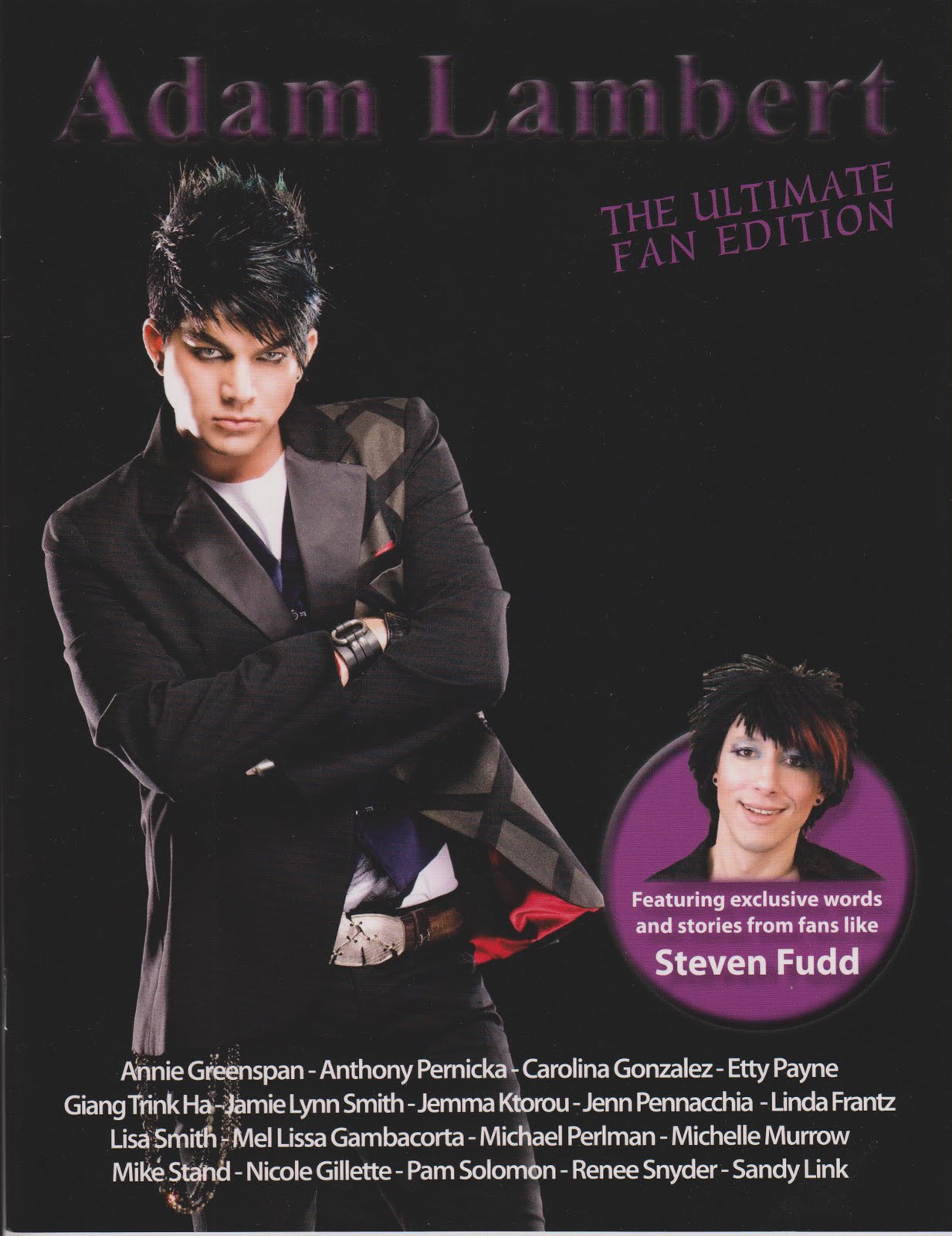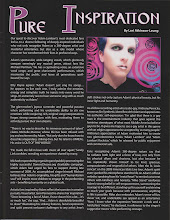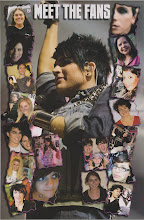Art
Spiegelman, Evelyn Enola Rockwell, Joseph Cornell….and now Doug Leblang! Those
are a few of the names of notable artists who came from Queens.
Meet four-year Forest Hills resident Doug Leblang, a commercial designer,
illustrator, and art director who was raised in Middle Village, which was where
his family first called home in 1912. Leblang is accredited with over 200
paintings which incorporate various forms of media, inclusive of pastels,
colored pencil, collages, and the computer. Diverse audiences can take
inspiration by exploring his online portfolio and acquiring a thematic painting
which may range from nostalgia to nature and Judaica to portraits. All works
are printed on fine paper, signed, and matted.
Audiences can appreciate the craftsmanship of
historic synagogues such as the restored “Eldridge Street Synagogue,” which
first welcomed a new wave of Eastern European Jewish immigrants in the late 19th
century, or venture internationally to the “Great Synagogue in Plzen,” which is
considered the third largest synagogue worldwide. One can become a nature
enthusiast by discovering his “Central Park Rainbow” or by experiencing his
“Cape Cod Vision.” Longtime or newly transformed fans will want to acquire his
vision of “Theodore Bikel,” who played Tevye in Fiddler on the Roof, or encounter
“Bob Dylan” who performed at the Forest Hills Tennis Stadium.
 |
| Eddie's Sweet Shop in Forest Hills, 2005 painting by artist Doug Leblang |
At
the Queens Library in 2005, he coordinated the “Middle Village of Old” exhibit,
which reflected his neighborhood’s simplistic charm he always embraced. He
memorialized sites such as the famous trolley stop, Neiderstein’s, the Arion
Theatre, and his father’s business, Leblang’s Pharmacy, which opened in 1924
and not only offered first aid, but ice cream sodas. Just beyond Middle
Village, he painted other unofficial landmarks such as Eddie’s Sweet Shop and
the NYS Pavilion.
Local
volunteers joined Transportation Alternatives for a Winter Wander march along
Queens Boulevard on December 14, calling for a safer and aesthetically-pleasing
revitalization of a banal thoroughfare. That inspired Leblang, who will soon
release a proposal. He explained, “Queens is one of the most diverse places in
the world, and with at least 138 languages, there are more languages spoken
here than in any other area in the United States.” He envisions placing signs
on Queens Boulevard’s central median between Woodhaven Boulevard and Hillside
Avenue, which would read “Welcome To Queens” in the most commonly spoken
languages. He would then direct sculptors from those countries, who would carry
out his vision, and an ethnic sculpture would stand alongside each sign.
Leblang’s artistic skills made him a humanitarian, a lecturer, and a
teacher, and he is applying his touch citywide. Some of his diverse
accomplishments include teaching a painting class at FEGS in the Bronx, working
with psychiatric patients in Queens, and directing a sixty-foot group painting
depicting seasons at the Bronx’s Morningside House. Two of Doug’s works were
selected by the City Health and Hospital Art Collection for the "JAZZ and
the Visual Arts" exhibit at the Queens Hospital Center.
Leblang’s
passion for art originated as a child. He said, “I didn’t want toys, but had an
infatuation with paper and shirt cardboards. I wanted a pencil, so whenever my
mom’s friends came over, I would draw their portraits.” He continued, “In day
camp, I won a brotherhood contest where I showed different colored hands
shaking each other’s in a square.”
He
pursued his studies as an art history major at Boston University, and received
a BFA from the School of Visual Arts. He expressed much gratitude to its
president, Milton Glaser, a famous artist who he studied with. He recalled his
teachings, and said, “In order to become an artist, you have to be really
passionate about your work and take criticism.” After college, he became a
professional musician for 5 years, but could not help himself from sketching
portraits of his band. In 1974, he realized art was his calling.
Art
is therapeutic. “On Facebook, someone commented on my work, and said they see a
light at the end of the tunnel. A good painting people will be drawn into, and
escape their environment to be in the environment of the painting.” He believes
everyone is an artist, and the artist within should be embraced. He explained,
“An artist creates things that weren’t there before. Everyone decides what to
wear each day, and if someone lives in a humble place, how they style it is
their creation.”
In response to today’s graduates facing a
harsh economy, he stated, “Keep your day job, and do your art after you come
home. If you feel it, do it, but don’t expect to make a living as an artist right
away.”








